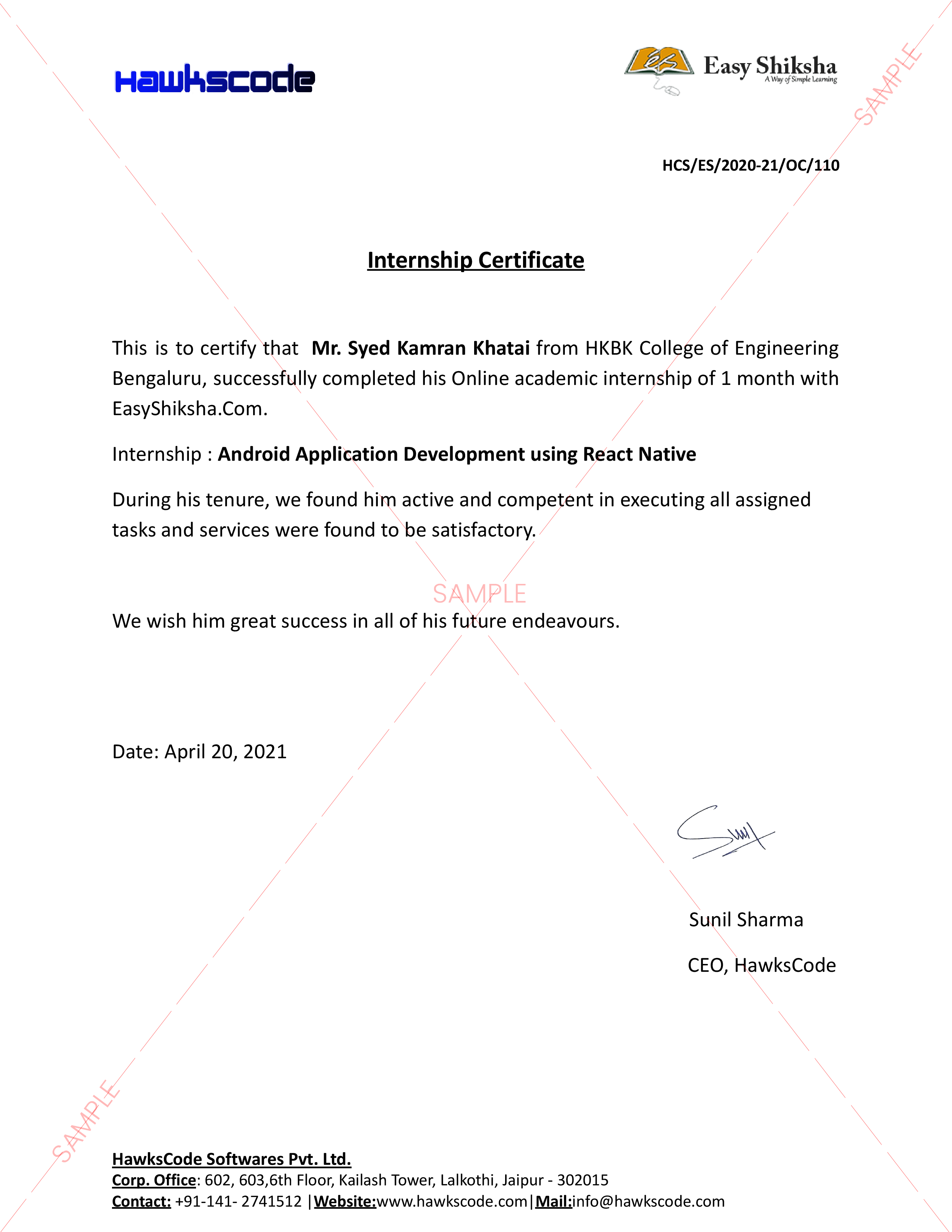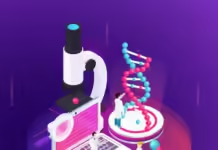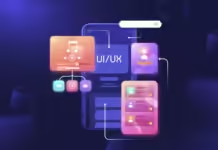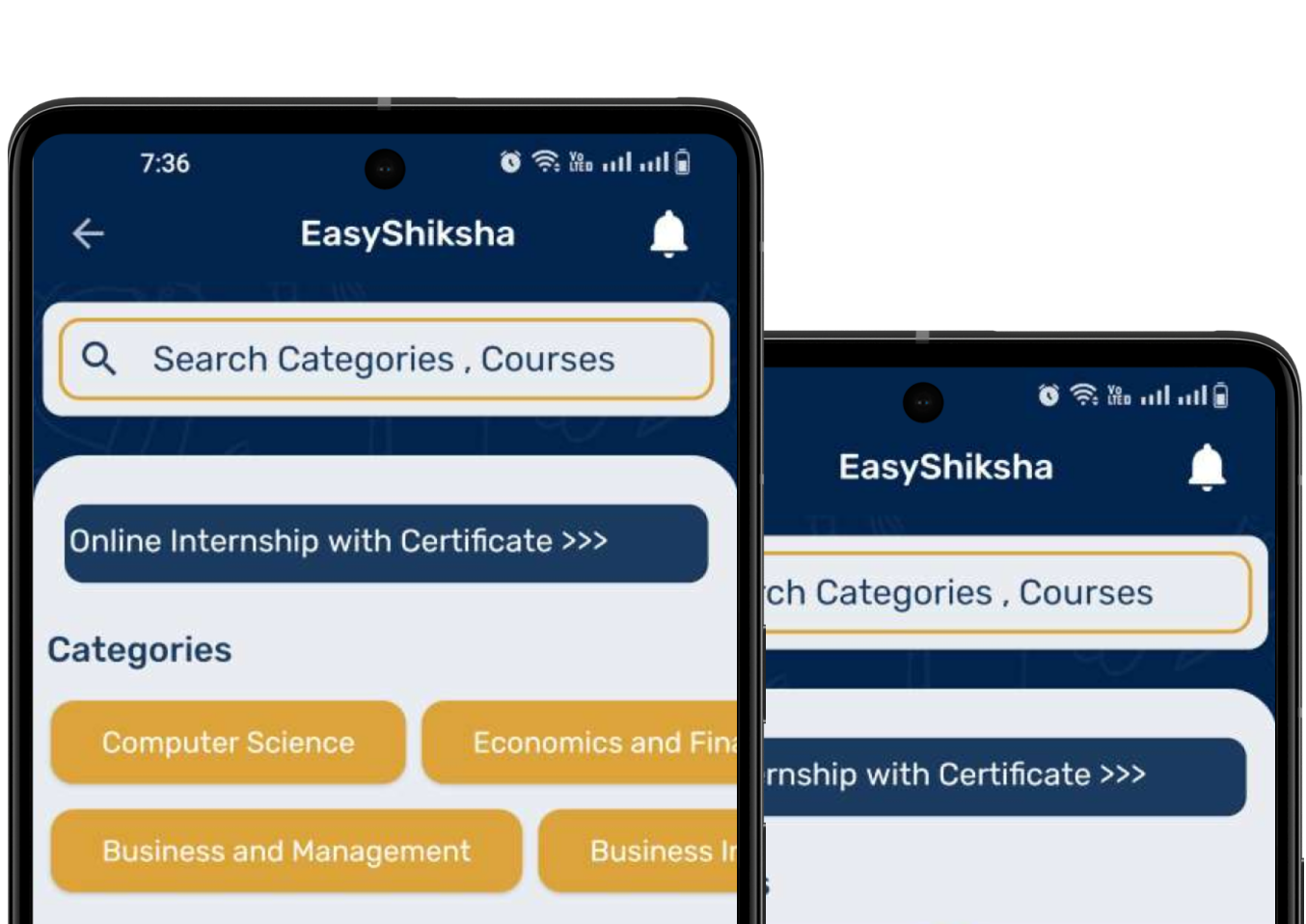By, Raj Mruthyunjayappa, Chief Digital Officer and President- India, Anthology Inc.
Home to one-sixth of the world’s population, India’s role in achieving the United Nations’ Sustainable Development Goals (SDGs) is significant. However, a Harvard T.H. Chan School of Public Health study reveals that India is not on track to meet more than half of the SDGs by the 2030 deadline. As we enter the final decade to achieve these goals, leveraging technology becomes crucial in propelling progress and converting aspirations into tangible achievements. Technology’s evolution is changing everything, and adapting education to embrace these advancements is crucial; otherwise, it will lag behind technology’s definition of educational opportunities.
By 2026, Gartner, Inc. predicts that 25% of people will spend at least one hour a day in the metaverse for work, shopping, education, social interactions, and entertainment. This indicates the growing influence of immersive technologies and the need to integrate them into our educational systems. The emergence of the metaverse demands that we prepare children and educators to navigate and leverage this new digital realm.
Virtual Reality (VR) and Augmented Reality (AR) are reshaping the Indian higher education landscape. These immersive technologies offer solutions to the challenges faced by remote learning, making studies interactive, engaging, and immersive. VR and AR applications enable students to explore subjects through virtual tours, simulating real-world environments and visualizations. These technologies foster a deeper understanding of complex concepts by bringing experiential learning into the digital realm.
The total market size of Augmented Reality (AR) and Virtual Reality (VR) in India is projected to reach US$ 14.07 billion by 2027, with a compound annual growth rate (CAGR) of 38.29%. This growth is driven by increased smartphone penetration and widespread internet connectivity. India boasts 1.2 billion mobile subscribers, with 750 million smartphone users. Notably, the young population in Tier 2 and Tier 3 cities displays high-tech literacy, enabling companies and app providers to offer AR-based experiences. These statistics highlight the vast potential for AR and VR technologies in transforming India’s education.
Artificial Intelligence also has the potential to revolutionize the education industry, acting as a catalyst for change. With the vast availability of data points in India and access to heavy computational power, the nation stands to benefit immensely from the AI wave. AI-powered systems continuously learn and improve as they gather more data. This enables personalized feedback, effectively addressing the high drop-out rates in India’s education system which stands at 4% at the primary level but rises to 20% in higher education. By utilizing classification ML models, the education system can predict children at risk of dropping out and implement appropriate redressal mechanisms. These efforts contribute to improving higher education enrollment ratios and ensure a substantial proportion of adults achieve literacy, aligning with the SDG targets for quality education.
Integrating machine learning models into e-learning websites can significantly support inclusive education for children with special needs. Conditions such as autism or speech disorders can be addressed through AI algorithms that detect speech patterns, correct mispronunciations or broken words, and present information in audio or text format. By leveraging AI, we can create an inclusive learning environment that caters to the individual needs of every learner, ensuring that no one is left behind.
According to a KPMG report, a wide range of technologies, including blockchain, 5G, Internet of Things (IoT), cloud computing, gamification platforms, and educational robotics (ER), are set to revolutionize education in the next decade. These advancements have the potential to address the diverse needs of India’s underrepresented communities by utilizing NLP-based solutions to deliver learning materials in native languages. While online learning has made distance education possible, there are still limitations in areas that require in-person teaching. To bridge this gap, educational innovators are turning to ER, which has proven to enhance learning outcomes in STEM education and inclusive learning environments for learners with special needs. These technological advancements promote critical thinking, problem-solving skills, and creativity in learners, thereby preparing them for the demands of the modern world.
Therefore, adopting technology-led education in India has the potential to accelerate progress towards the SDG targets for quality education. By leveraging emerging technologies, we can create personalized learning experiences, bridge learning gaps, and empower students to reach their full potential. It is essential for educational institutions, policymakers, and stakeholders to embrace these advancements and work together to build a future where technology seamlessly integrates with education, enabling every learner to thrive. Through technology-led education, India can pave the way for a brighter, more inclusive future for all its citizens.
This year educate yourself and develop your career with EdTech Platform EasyShiksha

































































